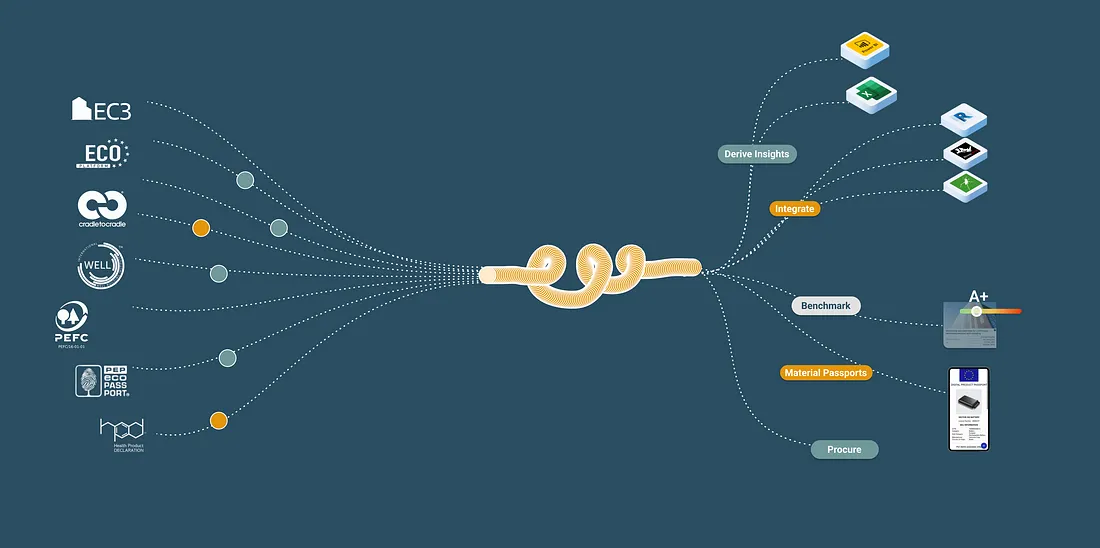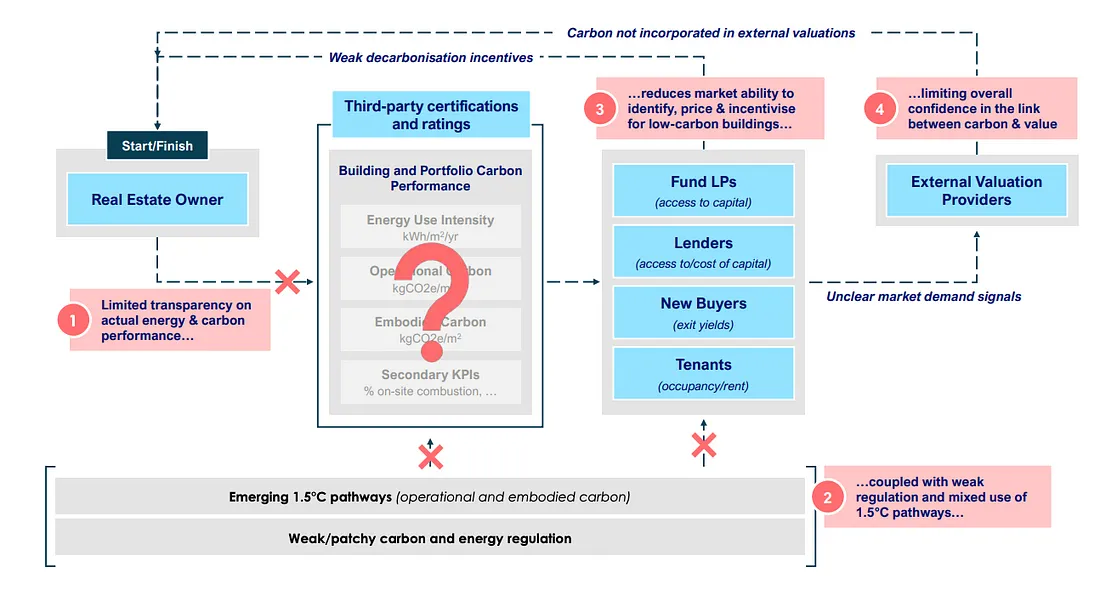The AEC Industry’s Obsession with YetAnotherCarbonTool™
The Architecture, Engineering, and Construction (AEC) sector is at a pivotal moment, caught between technological advancements and the pressing need to address climate change. But as we scramble for solutions, the proliferation of (what we will coin here as) YetAnotherCarbonTool™ has become a concerning trend. Is this a sign of our industry making more specific and niche tools to address climate change, or is it a waste of valuable resources?
 Spoiler alert → the answer is “it depends”
Spoiler alert → the answer is “it depends”

The Good and the Bad of Specialized Tools
On the one hand, it’s easy to argue that different stakeholders in the AEC industry might need specialized tools. For example, an architect may need a tool that’s more focused on materials, while a civil engineer may need one that’s tailored to infrastructure projects. These specialized tools can improve workflows, streamline processes, and help achieve targeted sustainability goals. On top of that, they democratize sustainability assessments are they cater to different disciplines.
However, not all tools are made equally. Some, are YetAnotherCarbonTool™…
The Problem of Duplication
The problem arises when new tools are developed that essentially perform the same functions as existing ones but simply repackage the data or present it in a slightly different manner. This duplicate work is not just a drain on time and money; it’s also a distraction from the bigger picture — combating climate change.
When resources are poured into YetAnotherCarbonTool™ that gathers the same carbon footprint data we already have, we’re not making new progress. We’re just reinventing the wheel.
Our time would be much more impactful if it was spent on integrating the underlying carbon data into existing workflows, rather than building another excel-powered carbon tool.
Time Is of the Essence
We don’t have the luxury of time to waste on duplicate efforts. The climate crisis is here, and it’s urgent. According to the IPCC, we have less than a decade to significantly cut down greenhouse gas emissions. That’s a tight deadline and every moment spent on redundant tasks is a moment lost in fighting climate change.
Recommendations to avoid duplicate work
- Streamline Tools: Organizations should prioritize using and improving existing tools rather than developing new ones that perform the same functions.
- Open Data Sharing: One way to eliminate redundancy is to make collected data available across various platforms. This way, different stakeholders can benefit from the same data pool.
- Focus on Innovation: Instead of investing in YetAnotherCarbonTool™, resources could be better utilized in research and development that focuses on innovative, groundbreaking solutions for sustainability in construction.
Conclusion
In a world where climate action is urgently needed, the last thing we need is to waste resources on duplicate efforts. While there’s merit in developing specialized tools for different stakeholders and workflows, we need to be careful not to lose sight of the bigger picture. Let’s focus on innovative solutions that move the needle, rather than getting bogged down in redundant tasks.
It’s time for the AEC sector to step up, eliminate wasteful practices, and lead the way in sustainable construction by prioritizing sustainable building materials. Sign up for free on app.2050-materials.com the clock is ticking.
Related articles

The Age of Integration — 10 Examples of Integrating Carbon Data in AEC, and Why They Matter
By integrating carbon data into the target-setting process, stakeholders can base their goals on real, actionable data, leading to more effective and sustainable project outcomes.
Read more
Net Zero is a Data Integration Problem
In recent years, numerous organizations in real estate and infrastructure have committed to ambitious net zero targets. This means reducing reliance on non-renewable energy and materials and adopting more sustainable design, engineering and procurement practices.
Read more
Tapping into the Low-Carbon Real Estate Market
This article is based on a paper by Leaders of the Urban Future (LOTUF) in partnership with Systemiq and highlights the required steps to decarbonizing in the real estate sector for a greener future.
Read more